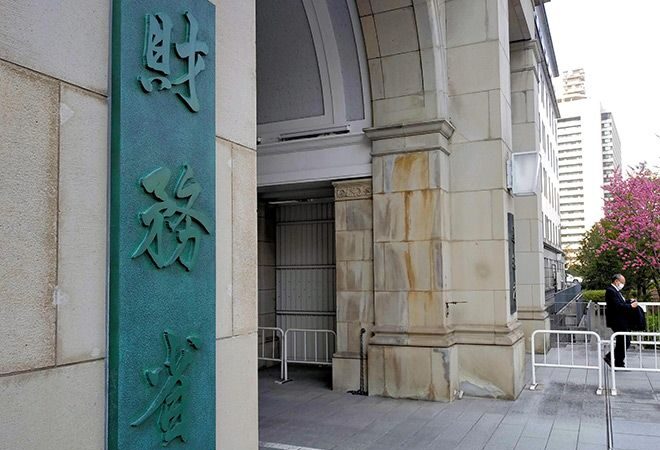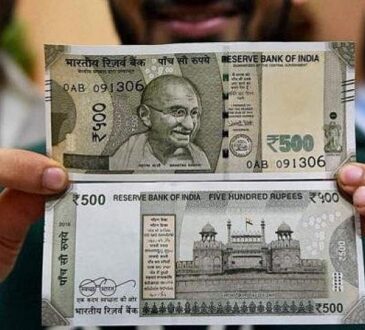
The government and the Bank of Japan may have intervened in the foreign exchange market twice last week to support the yen against the U.S. dollar, according to market estimates based on BOJ data.
The yen surged sharply against the dollar overnight on July 11, and again the following night.
“There is a high probability that the BOJ intervened in the market twice in a row,” said Masahiro Ichikawa, chief market strategist at Sumitomo Mitsui DS Asset Management Co.
A clue as to the size of the intervention was found in the BOJ’s current account balance forecast for July 17, released the previous evening.
The forecast showed a “fiscal and other factors” item of minus 2.74 trillion yen ($17.29 billion).
The market had expected this item to be in the region of 0.6 trillion yen. The difference of 2.14 trillion yen is believed to reflect the BOJ’s intervention made on the night of July 12.
The yen surged by about 4 yen on the night of July 11, strengthening from around 161 yen to the dollar. At that time, the BOJ could have used 3 trillion yen for intervention to support the yen.
The yen moved sharply again the following night, strengthening by 1.50 yen from a range between 159.50 yen and 160.00 yen.
However, Ichikawa predicts the effect of the intervention to be “temporary.”
“It will be difficult to reverse the trend of yen depreciation unless the BOJ raises interest rates or the Federal Reserve lowers interest rates,” he said.



